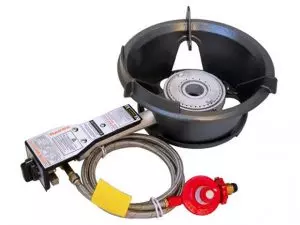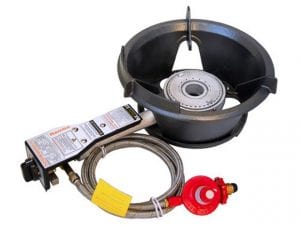Introduction
When you think about great moments in time, human achievement, or an event which changed the world, most people would consider the wheel, electricity, war, medicine, moon landing, internet, Jesus, or Michael Jackson, but very few people give any credit to the domesticated fowl.
Therefore, in this article I would like to be the spokes person for chickens all around the world and stand on my nesting box to crow about how without the modern day chicken human society and advancement would not be near as successful.
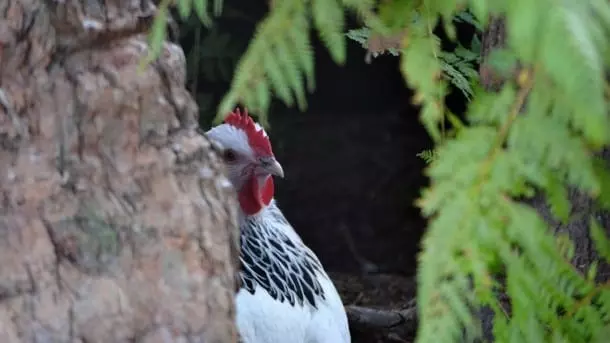
How many chickens are there in the world?
Chickens definitely outnumber us humans and some are smarter in my opinion.
According to the Food and Agriculture Organisation of the United Nations (FAO) website statistically there are about 3 chickens for each person in the world with the top chicken/head of pop countries being:
-
United States of America – over 6 chickens for each person;
-
Saudi Arabia – just on 6 chickens per person;
-
Indonesia – 5.5 chickens per person;
-
Iran, Brazil, Morocco, Canada and New Zealand – all with about 5 birds per person;
-
Australia and Thailand – around 4 chooks per person, and
-
United Kingdom, France, and Ecuador – all hitting the average of 3 chickens per person.
Interestingly, China's clucky count was not available during my statical search on the FAO website – perhaps it's a secret. However, I would guess they have to be a close second under the USA at around 5 chickens per person since that is where the final medal tally ended up being at the Olympic

Now that's a lot of chickens in the world! Little wonder KFC never sells out (well, it doesn't where I'm from and you should see the the drive through on a Friday night!) – it seems like chickens are everywhere…and they are.
The home chicken keeping resurgence
The statistical data really only shows the agricultural foot-print of chickens in the world but there are many more chickens being kept under the radar in the cities and suburbs by everyday people and anecdotal evidence seems to show the trend is growing.
For many reasons people (families) are investigating the plausibility and deciding to keep chickens. Not so long ago, most households had a chicken coop and some had a cow but with advances in farming techniques it became easier to mass produce poultry and people become accustomed to buying their eggs/meat from producers usually through a retailer. However, the goal posts are moving again with food prices creeping upward, and production standards slipping or not being monitored closely enough, consumers are starting to get fed-up with being taken advantage of and they're taking back control.
By control, I predominantly mean control over how their animals are treated; and then, control over the quality of their produce, and finally least important (but still important) the cost of the produce. These three areas concern the good natured consumer and when they begin to see flaws in the system (like Australian authorities increasing free-range classification stocking densities from 5000 birds per hectare to 25,000) people take action. This resurgence in modern chicken keeping has lead to some innovative ways to solve our own high density living challenges; for instance, how to keep chickens in the city environment with custom made coops and runs etc.
Have you ever heard of chicken diapers? That's nappies for chickens not nappies made from chicken feathers. It's really true, they do make diapers for chickens and there is a growing market for them especially in the apartment market for people living in the big cities. Huggies haven't quite got a style out just yet but you never know what the future nappy industry may hold…and keep off the carpet.

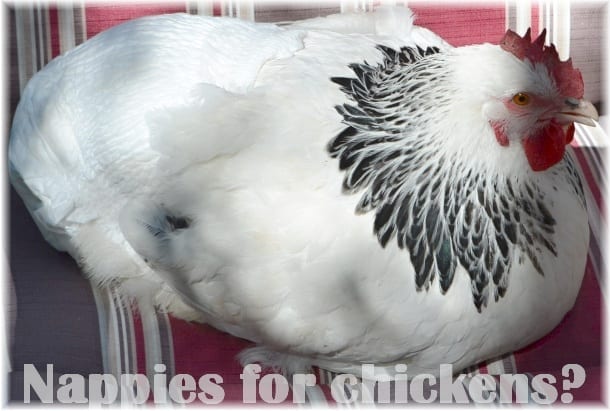
I personally couldn't imagine placing a diaper on a chicken because I have a lot of yard they can poop in (the image above was done for demonstration purposes only…yes it was); however, for people in a restricted area (like an apartment) I guess a chicken diaper could make perfect sense. So, why are people ditching their dogs and felines for chooks?
For a start, cats, dogs, and chickens all poop and out of the three chicken manure is the best. If a person is living in a restricted place like a town-house or an apartment, traditional pets like dogs and cats can still be a hassle; whereas, a chicken is relatively quiet and doesn't yap like a dog (unless she's laying an egg) and a chicken won't claw your living room sofa to pieces like a cat can.
Also, chickens are pretty easy and cheap to sustain with a pelletised feed and the odd salad scrap from the table being all that is necessary. Of course, a hen is a walking omelette machine and that's one trendy kitchen appliance for modern apartment living – it's hard for little Rover in a handbag to top egg production.
And, people just aren’t keeping chickens because they make good pets and eggs; that's just part of the equation, people are choosing to keep chickens for political and animal rights reasons. We're not stupid, we see the shrinking space and diminishing regulations classifying free-range chickens and the like. More people are better educated on animal welfare than ever before yet some authorities narrow mindedly bow to commercial producers and relax regulations thinking the public will not realise their conscience and take action.
However, slowly but surely people are seeing through the spin and realising not all free-ra
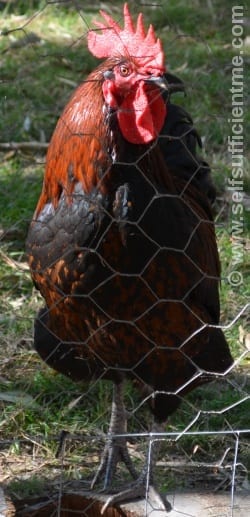
Chickens are not just considered farm animals anymore they are now mainstream and becoming a choice pet over other traditional animals. Chicken breeds cater for a diverse consumer with utility, special purpose, and aesthetic varieties available to suit whatever need or social environment. Chickens are becoming trendy to keep and as more people spread the word about how fun and intelligent chickens really can be this trend will only continue to grow.
Species survival
An amazing story of adaptation and survival of a species, chickens have made humans so dependant on them it is impossible for the species to become extinct. When we think about how many creatures have fallen to extinction, mostly by the hands of people, chickens have ensured survival through our dependency on them.
Having said that, some heritage breeds of chickens are under threat of extinction and chicken enthusiasts or even hobby farmers are trying to keep these strains alive for us to enjoy into the future. Indeed, the more households who decide to keep a chicken or two the more we're all helping to keep rare breeds from extinction and that's great!
Helping the developing world
The domesticated fowl, which likely evolved from the jungles of Asia 3000 years ago is truly an impressive animal. Chickens account for the majority of the worlds protein and is extremely important in developing countries as a cheap and easy food source for both meat and eggs.
In some countries chickens are still a source of currency and used to trade for food, medicine, schooling, services, and many other needs. Without chickens many people (mostly children) would not be receiving the food and care to meet basic humanitarian benchmarks.

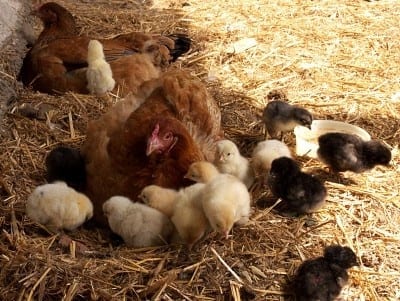
Another way to help nutrition in both the developing and developed world, is by managing what is fed to chickens. Chicken eggs and meat can easily and cost effectively be made even more beneficial nutritionally by feeding the birds grains and supplements, which are high in good vitamins, and fats like omega 3. The chickens digest this vitamin rich feed and pass it on to the consumer through eggs and meat. In populations, like developing countries, who may need certain vitamins etc to combat illness and malnutrition, having nutrient rich chicken eggs and meat in their diet can be a convenient delivery system for these valuable nutrients.
Conclusion
Chickens add a great deal of joy and value to our household and obviously it's the same for many other homes around the world. But, has the humble fowl changed the world? I think so and I'll go further to say chickens are still changing the world for the better in the symbiotic chicken and human relationship, who knows where we'll be in another 3000 years.
From the evidence I see, there is a resurgence in keeping chickens and people are more educated about chicken welfare than ever before and this gives me hope that the modern day chicken will be respected in the future as they should.


Respected and wanted so much that we're prepared to invent a diaper for our chickens just so they can be our companion indoors as well – I'm still trying to wrap my head around this one, but far be it for me to begrudge a modern day chicken her pampered home in the city.
Feel free to use the comment section below and have your say (no email is required). Would you like to discuss this article a little more or ask a question? Join our forum –I have created a topic especially for this article here.
Thanks for reading and thanks for your support.
Look, and see the Earth through her eyes
Mark Valencia – Editor SSM









